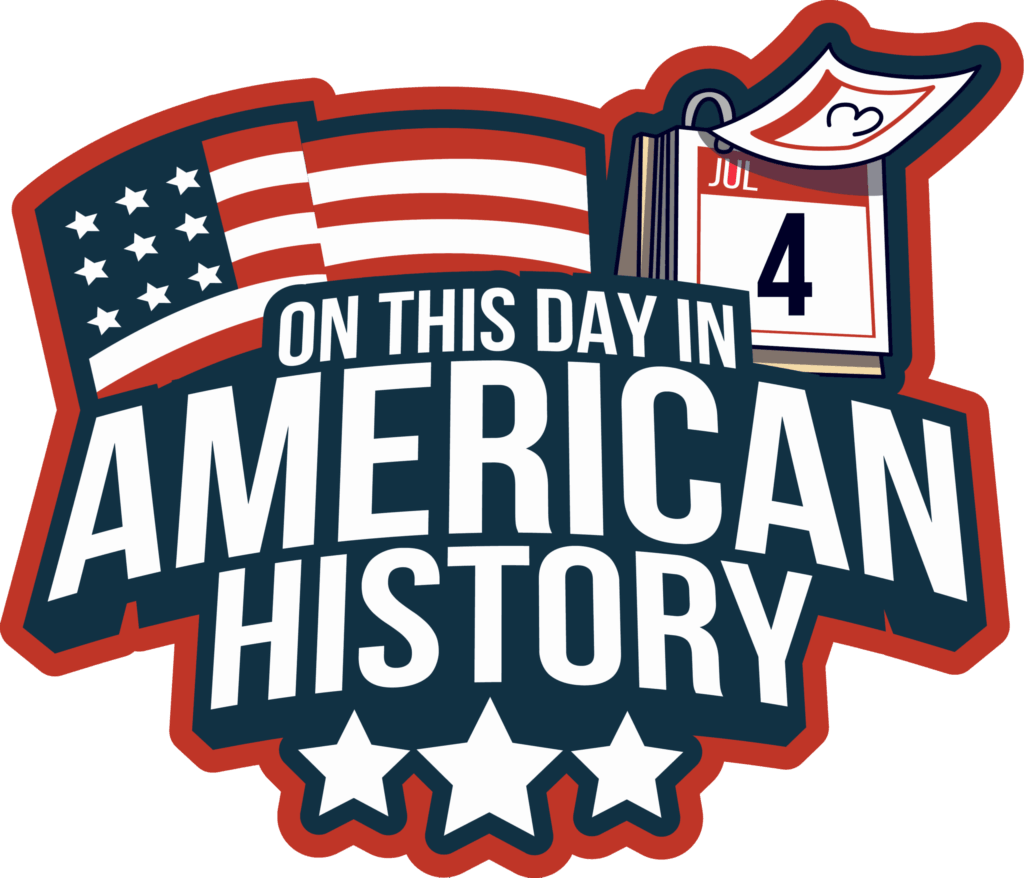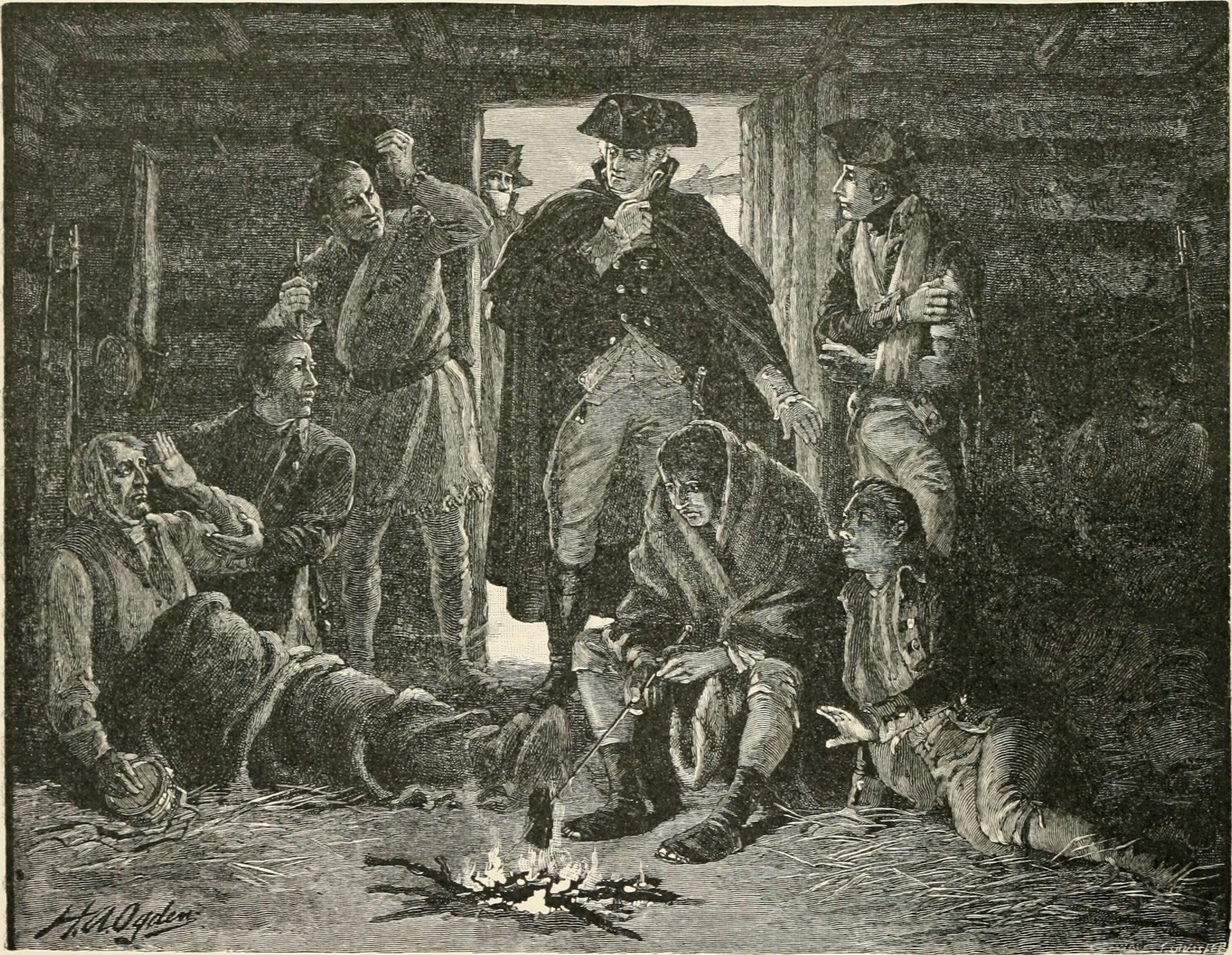
After spending six difficult months at camp and losing nearly 2,000 men, George Washington and his surviving Continental Army marched out of Valley Forge in Pennsylvania on June 19, 1778.
Image via Wikimedia Commons, no known restrictions
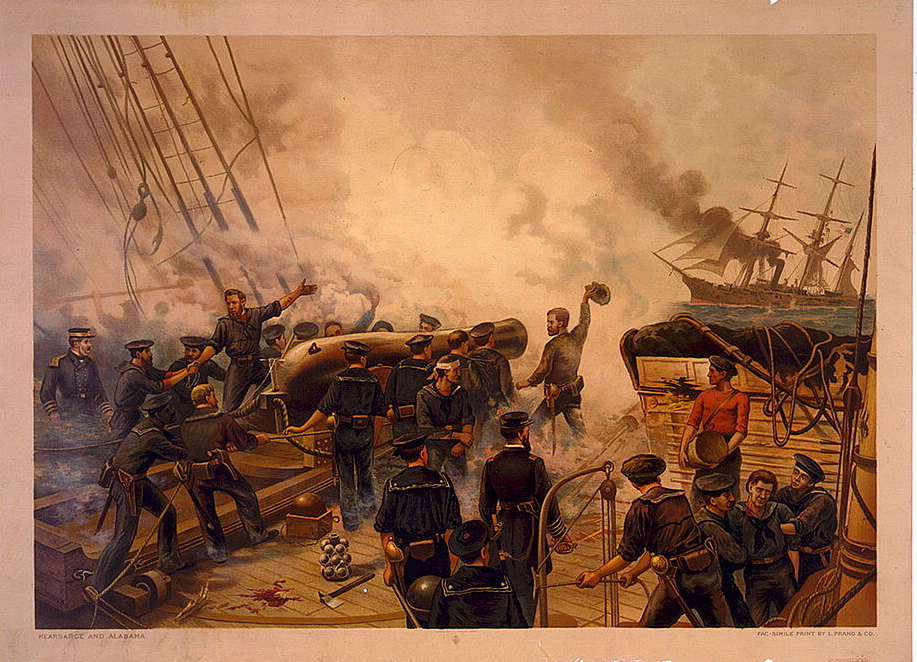
A lithograph showing the USS Kearsarge sinking the CSS Alabama off Cherbourg, France, on June 19, 1864.
Image via Wikimedia Commons, no known restrictions

June 19, 1934: Amid a blizzard of static and jazz riffs, the FCC was born, tasked with wrangling America’s unruly radio spectrum. With vague marching orders to serve the “public interest,” the new agency tackled everything from overlapping broadcasts to risqué lyrics, all while skeptically eyeing bold inventions like FM radio. In its earliest years, it helped shape not just who could speak—but what the nation heard.
Image: These two young women are the latest addition to the legal staff at the Federal Communications Commission. Mary Elizabeth Erickson, left, recently of Washington State, is assigned to the broadcast section of the legal department, and Violet Lowry, of Hot Springs, Ark., is in the Telegraph Section in 1935 via Library of Congress, no known restrictions

“Group of 7th Illinois Soldiers on Lookout Mountain, Tenn., June 19, 1864”
via Library of Congress, no known restrictions
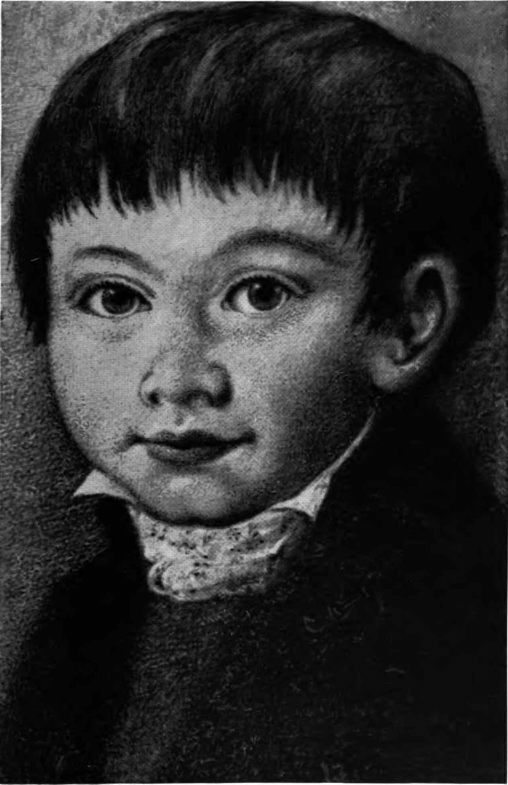
John Neumann, the only male U.S. Citizen who became a saint in the Roman Catholic Church, was canonized in Rome on June 19, 1977.
Image of John Neumann at the age of 10 via Wikimedia Commons, public domain
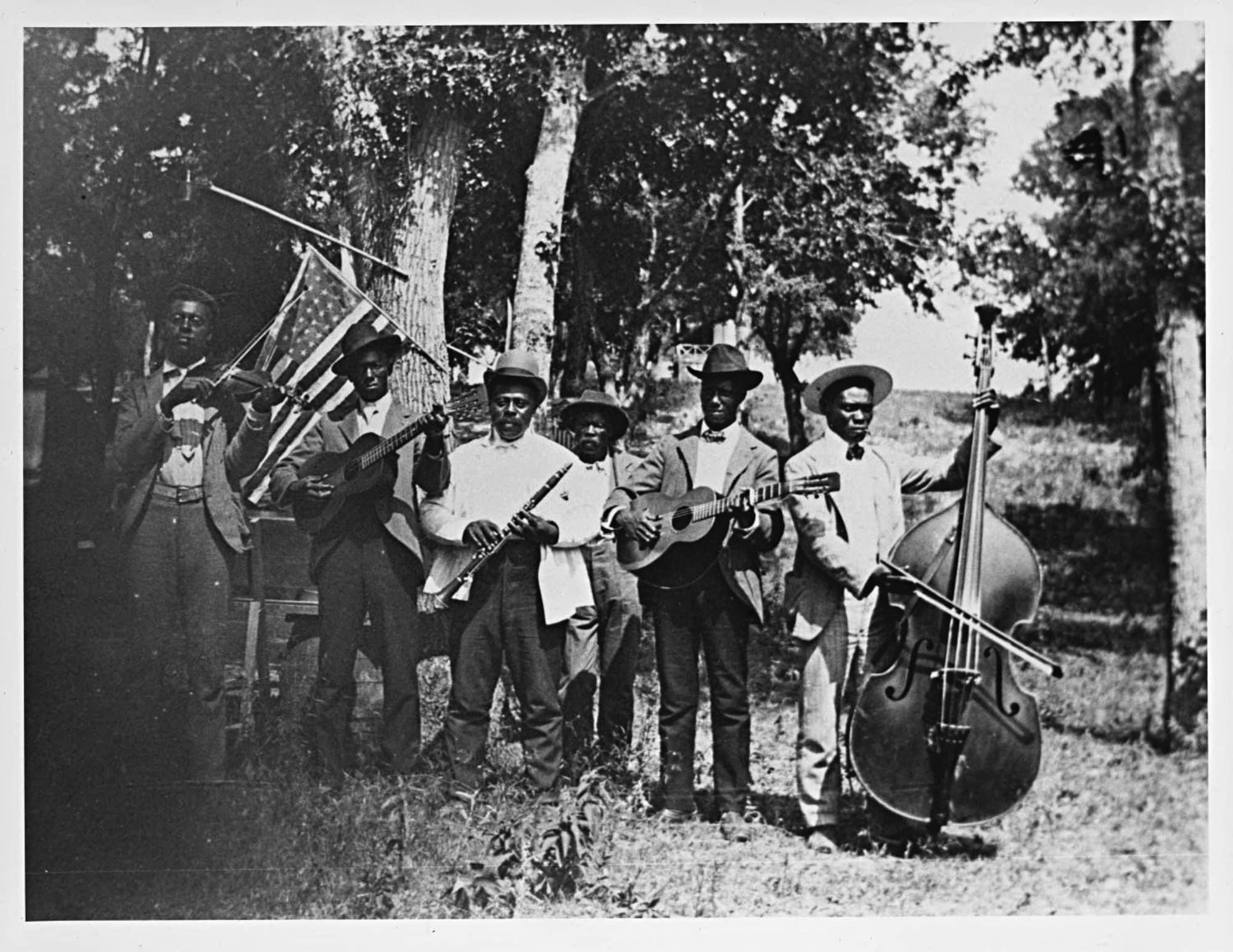
Emancipation Day Celebration band, June 19, 1900, Texas
via Wikimedia Commons, public domain
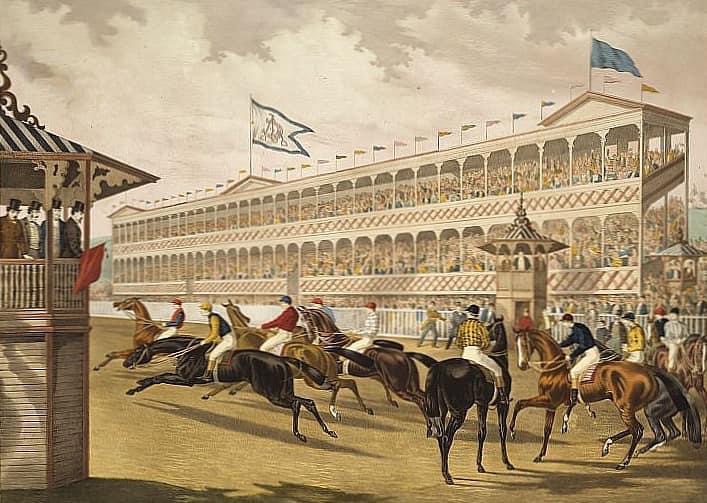
An artist’s view of Jerome Park Racetrack in Fordham, New York in 1868
On June 19, 1867 the first Belmont Stakes occurred at Jerome Park Racetrack.
The winning horse was named “Ruthless.”

Lou Gehrig was born on June 19, 1903 in Manhattan, N.Y.
As a small child he first spoke German and he learned to speak English at the age of 5.
Image: Lou Gehrig baseball card from 1934 via Wikimedia Commons, public domain

Elysian Fields in Hoboken, New Jersey was the place where the first officially recorded baseball game (using Alexander Cartwright’s rules) was played on June 19, 1846. Here’s a print showing a baseball game at Elysian Fields that was published twenty years later in 1866.
Image via Wikimedia Commons, public domain

On June 19, 1943, two interstate rivals in pro football, The Pittsburgh Steelers and the Philadelphia Eagles became one team. The merger lasted one season and the team was unofficially known as “The Steagles.”

Gena Rowlands, who played the role of the older Allie Calhoun in the 2004 romance film “The Notebook,” was born on June 19, 1930 in Cambria, Wisconsin.
Image of Rowlands in 1955 via Wikimedia Commons, public domain

Born June 19, 1897, Moses Harry Horwitz was known professionally as Moe Howard, leader of the 3 Stooges. Various Stooges came and went but Moe (right) was a constant presence in a filmography that lasted four decades. His wife, Helen Schonberger Howard, was a cousin of Harry Houdini.
Image via Wikipedia Commons, public domain in the US
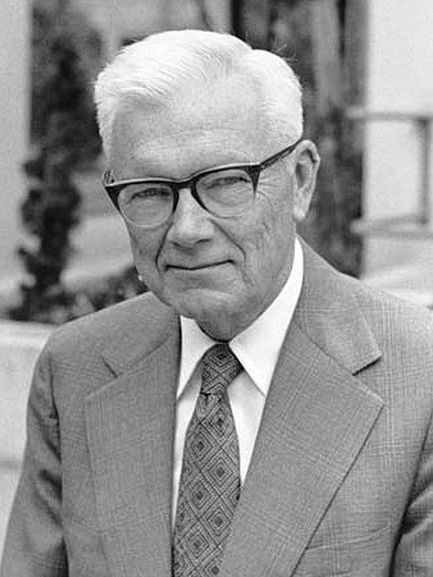
American award winning chemist Paul Flory was born on June 19, 1910 in Sterling, Illinois.
40 years after receiving a doctorate in physical chemistry he received the Nobel Prize in Chemistry in 1974. That same year, Flory received the National Medal of Science which was presented to him by President Gerald Ford.
Image via Wikipedia Commons, public domain in the US
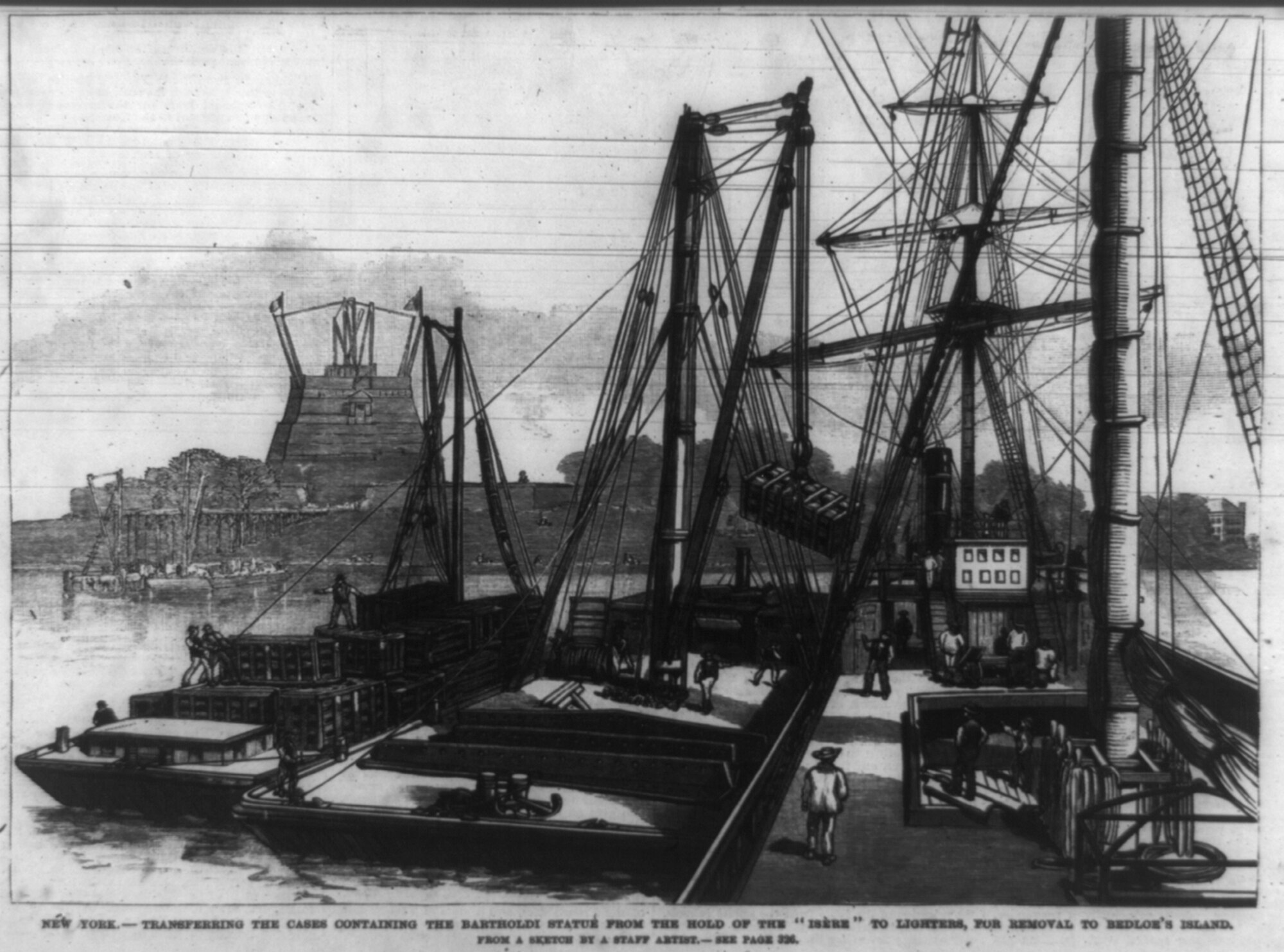
Only days after it arrived in New York Harbor, the Statue of Liberty arrived at its permanent home on Bedloe’s Island on June 19, 1885. Since the pedestal was not yet complete, pieces of Lady Liberty were held in storage until she was reassembled the following April.
Image: New York – Transferring the cases containing the Bartholdi statue from the hold of the ISERE to lighters, for removal to Bedloe’s Island via Wikimedia Commons, public domain


